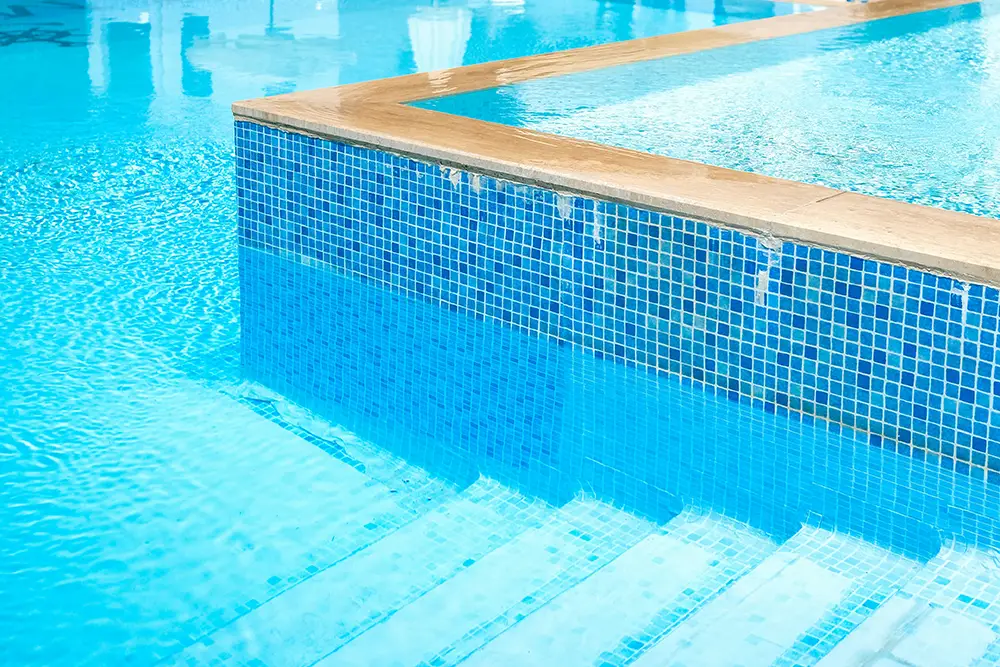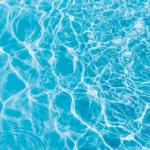Owning a pool in Florida is a luxury. However, it doesn’t need to be expensive. Whether you use your pool and spa tub year-round or limit your pool activities to the warmest months, these tips will help reduce your water and energy costs.
Cover Your Pool
This is the most effective way to conserve energy and reduce evaporation. A pool cover will hold in the heat when the pool is not in use. Additionally, you don’t need to run the motor when the pool is covered, which saves energy.
Evaporation is minimal with a covered pool. As a result, you do not need to add chemicals for the pH balance as frequently. And as a bonus, your pool cover also keeps your pool clean.
Check for Leaks
Constantly refilling your pool or spa tub wastes water. It’s essential to identify and repair leaks promptly. A lower water level can harm your pump system and upset the pH balance. It will lead to higher energy and water costs.
Time Your Pump Motor
Your pump motor should have a timer that turns it on during the day and shuts it down at night. A pump motor that operates only six hours a day, when the pool is in use, will save energy. You can also arrange to turn it on manually when the pool is in use.
Check your pool thermometer. You may not need a pool heater during the hottest days of summer. Turning off the thermometer when you don’t need it will help save energy.
Clean the pool with a vacuum and scrub the tile when you are in the pool. Use a skimmer net to pull up floating debris.
Hot Tub Spas
A hot tub may use up to 240 gallons of water per week if it is used daily. The average stand-alone tub holds about 400 gallons. Many manufacturers recommend changing the water completely every five or six months. This can waste water if the tub is clean and does not need to be refilled. Keep the tub clean. This is one of the easiest water-saving tips for spa tubs.
Free-standing hot tubs come with covers to retain the heat and keep the water clean. Keep the tub covered at all times when it is not in use. A hot tub is usually heated to 101 to 103 degrees Fahrenheit, while a swimming pool is 80 to 83 degrees F. The hot tub requires more energy to heat it, even though the water volume is less than that of a swimming pool.
Spa tubs attached to swimming pools can also stay covered when not in use. Many spa tubs have separate heating systems. Keep that heater turned off until the tub is ready for use.
Always check the water level in a spa tub and keep it above the jets. Water is lost through splashing when the level does not completely cover the jets. Limit the number of people in the tub to the recommended capacity to prevent water from overflowing due to displacement.


